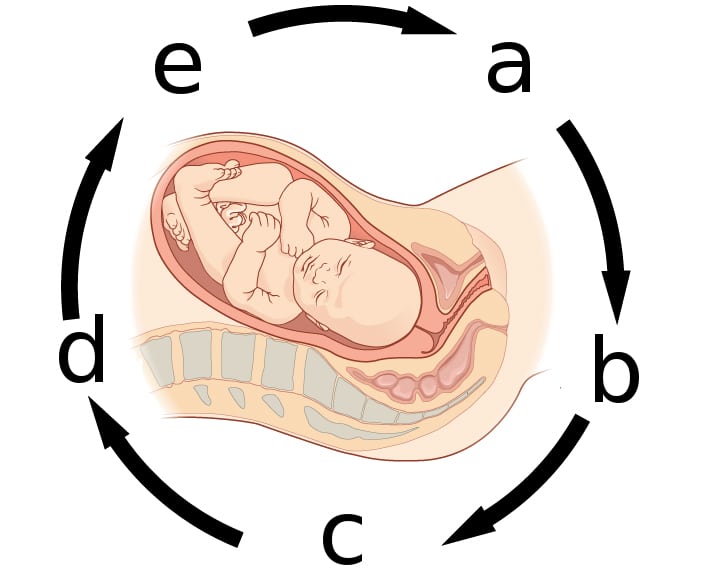Oxytocin is a hormone released from the posterior pituitary gland. The main functions of oxytocin include the regulation of lactation and the control of uterine contractions in labour. However, oxytocin also influences anxiety, interpersonal bonding and stress responses.
In this article, we will consider oxytocin’s production, function and clinical relevance.
Production of Oxytocin
Oxytocin is a neuropeptide that is synthesised by hypothalamic magnocellular neurons. Within the hypothalamus, neurons from the paraventricular and supraoptic nuclei extend into the posterior pituitary. From here, the hormone is secreted into the extracellular space. The blood supply to the posterior pituitary then carries it into the bloodstream.
Receptor
The oxytocin receptor is a Gq coupled G-protein coupled receptor (GPCR). In brief, activation of this receptor leads to a cascade that results in a significant influx of calcium ions into the cell. These calcium ions then act on targets, including myosin light-chain kinase, which facilitates smooth muscle contraction. This pathway underpins the majority of the functions we will describe below.
Function of Oxytocin
Pregnancy and Labour
During the last few months of pregnancy, the number of oxytocin receptors in the uterine muscle increases, and the receptors become more sensitised. This helps to prepare for labour. Uterine production of oxytocin is largely responsible for triggering normal labour and delivery.
During labour, the baby’s head exerts pressure on the cervix, which stimulates oxytocin production. This acts on receptors in the uterus which causes an increase in intracellular calcium ions. Calcium activates myosin light chain kinase which induces uterine contraction. Contractions release further oxytocin, forming a positive feedback loop.
Following birth, oxytocin maintains uterine contractions and reduces the risk of postpartum bleeding.

Fig 2 – Diagram to show the positive feedback loop of oxytocin during labour. (a) Brain stimulates pituitary gland to secrete oxytocin. (b) Oxytocin carried in bloodstream to uterus. (c) Oxytocin stimulates uterine contractions and pushes baby towards cervix. (d) Head of baby pushes against cervix. (e) Nerve impulses from cervix transmitted to brain.
Lactation
When an infant suckles on the nipple, it stimulates oxytocin release from the posterior pituitary into the blood. This occurs via afferent sensory nerves from the breast to the hypothalamus.
Oxytocin reaches the myoepithelial cells lining the alveoli in the breast, causing these cells to contract. Milk is thus expressed from the alveoli and into the ducts. Accordingly, this is known as the milk ejection reflex or milk let-down reflex.
Intercourse
Oxytocin released during ejaculation stimulates contraction of the vas deferens and prostate gland for the emission of sperm and prostatic secretions.
Similarly in females, oxytocin during intercourse may cause contractions of the uterus and vagina. This helps to transport sperm towards the fallopian tubes.
Clinical Relevance – Synthetic Oxytocin
Synthetic oxytocin, also known as syntocinon, is also used in the medical management of several conditions. These include:
- Cervical ripening to reduce the length of induction during labour
- Active management to remove the placenta during the third stage of labour
- Management of:
- Retained placenta as a cause of primary postpartum haemorrhage
- Uterine atony as a cause of primary postpartum haemorrhage
- Uterine inversion, when traction on the cord has inadvertently caused the uterus to descend through the cervix before the placenta has separated

